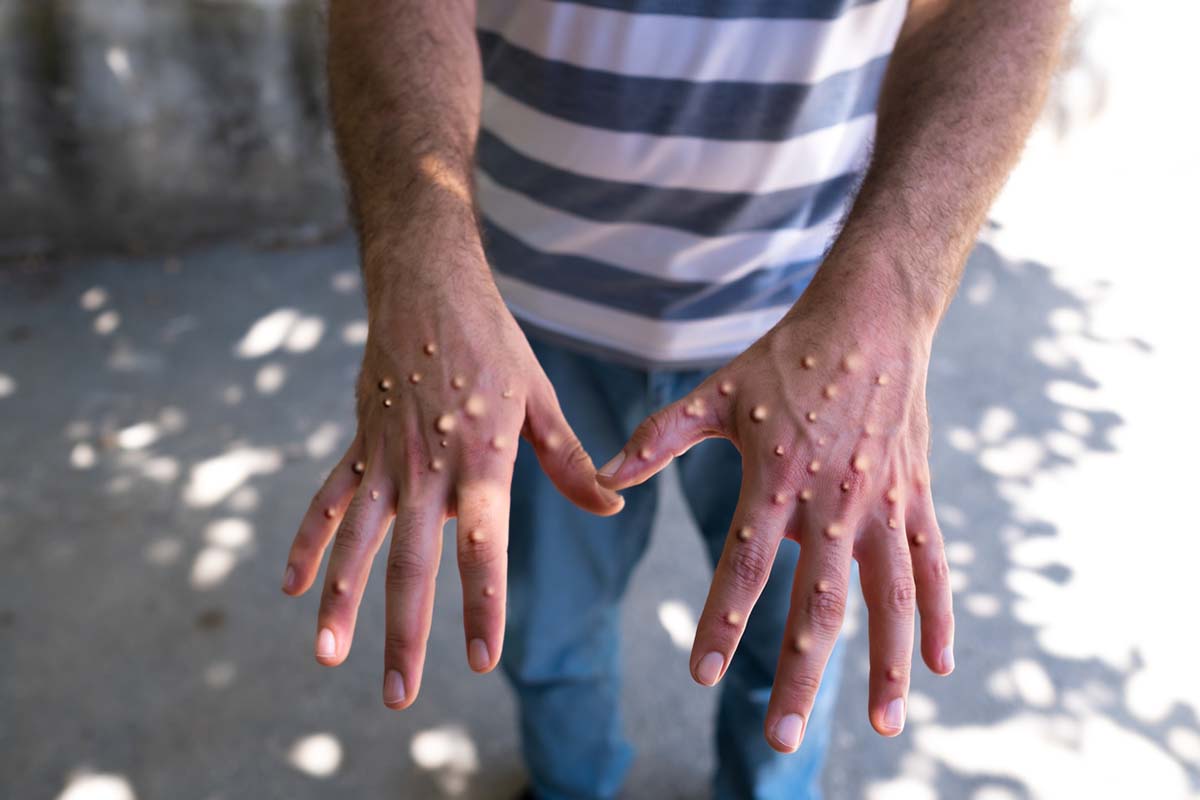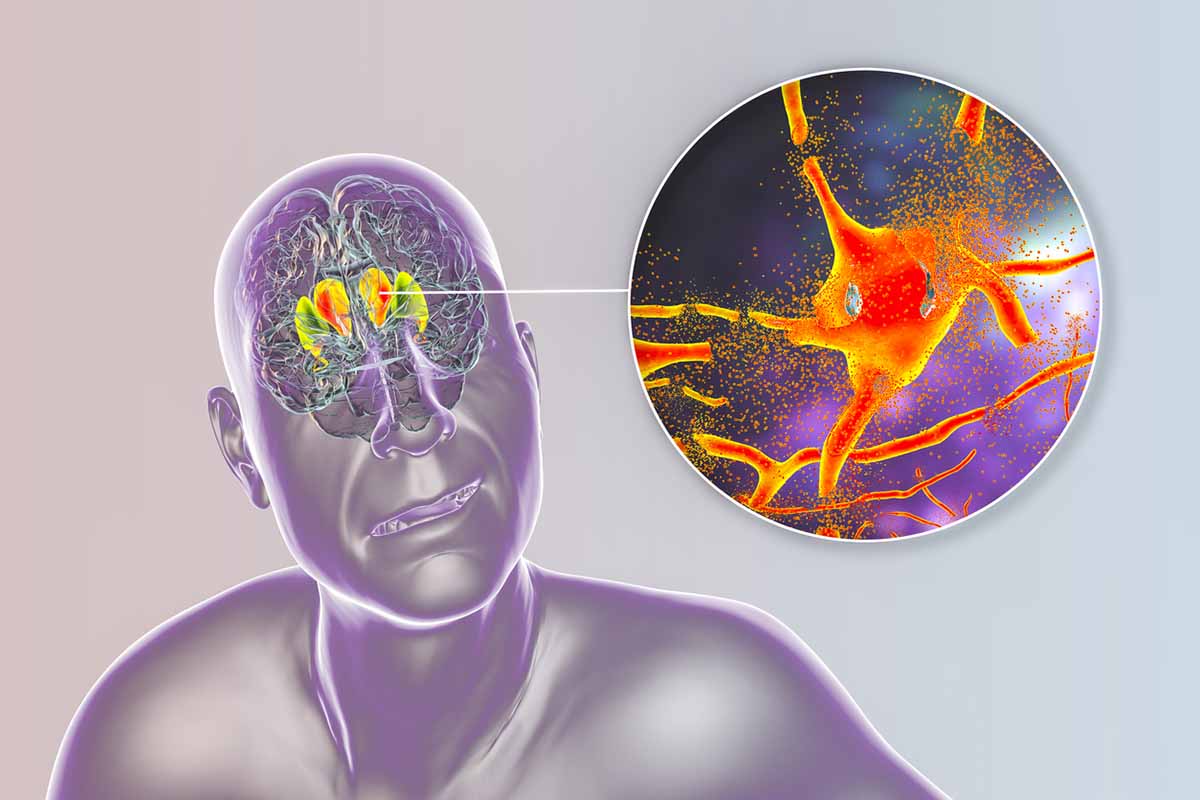Because this piece does not have an abstract, we have provided for your benefit the first 3 sentences of the full text.
To the Editor: Parkinson’s disease (PD) is a common neurodegenerative disease that affects 1 million people in the United States. The current recommended treatments for PD are carbidopa/levodopa and dopamine agonists. While carbidopa/levodopa is relatively safe for PD patients, dopamine agonists have been associated with many adverse effects such as hallucinations, compulsive behaviors, orthostatic hypotension, somnolence, peripheral edema, and nausea.
Prevention of Dopamine Dysregulation Syndrome in Parkinson’s Disease: A Case Report
To the Editor: Parkinson’s disease (PD) is a common neurodegenerative disease that affects 1 million people in the United States.1 The current recommended treatments for PD are carbidopa/levodopa and dopamine agonists. While carbidopa/levodopa is relatively safe for PD patients, dopamine agonists have been associated with many adverse effects such as hallucinations, compulsive behaviors, orthostatic hypotension, somnolence, peripheral edema, and nausea.2 Hallucinations, the most common adverse effect of dopaminergic therapy, occur in up to 40% of PD patients.3 Hallucinations in PD are explained by the elevated dopamine level due to dopamine agonist medications. Dopamine agonist treatment also increases the risk of developing impulse control disorders (ICDs), which include pathological gambling, hypersexuality, and compulsive eating.2 As demonstrated in a study4 of 3,090 PD patients, those who were treated with dopamine agonists had a 2- to 3.5-times increased chance of developing an ICD. Similar to hallucinations, ICDs do not appear to be a PD-specific effect, but rather a dopamine agonist-related phenomenon.2 Therefore, ICDs and hallucinations can be the consequence of compulsive dopaminergic use, such as in dopamine dysregulation syndrome (DDS). Patients with DDS typically take more than the recommended dose of the dopamine replacement therapy (DRT) and subsequently develop hallucinations and ICDs.5 In this report, we present the case of an elderly man with DDS who developed psychotic and hypersexual behaviors. His dose of ropinirole was discontinued and replaced with a low dose of pramipexole, and a low dose of quetiapine was started.
Case report. Mr A is a 71-year-old white man with a 3-year history of PD and type 2 diabetes who was brought to the psychiatric emergency unit for psychotic and hypersexual behaviors for the past 2 months. According to the patient, 1 month ago he subscribed to Playboy channels and joined a dating website. Since then, he was watching Playboy and chatting on the dating website nonstop. After further questioning, the patient admitted taking his DRT more frequently than prescribed. However, we were unable to determine the exact dosage. His original PD prescriptions included carbidopa 25 mg/levodopa 100 mg 5 tablets daily and ropinirole 5 mg 3 times daily.
Mr A’s daughter reported that she witnessed his hypersexual behaviors, which included watching pornography and chatting on an online dating website all day. These activities were not his usual behavior. His daughter confirmed that the patient was abusing his DRT and had been drinking alcohol daily. Also, he had been in a car wreck due to hallucinations. Additionally, she stated that Mr A had been depressed after his divorce 30 years ago.
Psychiatric evaluation of the patient disclosed visual and auditory hallucinations of people talking to him. In addition, he had paranoid delusions of webcams installed all over the hospital by a military organization to monitor him. The patient’s cognitive abilities were determined to be 25/30 on the Montreal Cognitive Assessment,6 indicating mild impairment. The physical examination was unremarkable. Laboratory evaluation showed no relevant abnormalities. Computed tomography of the head without contrast showed generalized atrophy with mild periventricular white matter disease. After consultation with the neurology department, we discontinued ropinirole, continued carbidopa 25 mg/levodopa 100 mg 5 tablets daily, and started pramipexole 0.125 mg 3 times daily and quetiapine 25 mg daily. After 24 hours of observation, Mr A was transferred to a geriatric facility.
DDS was first described in 2000 by Giovannoni et al,7 who also established diagnostic criteria. With a prevalence rate of 4%,7 DDS is considered an important and rare complication of PD treatment. Patients with DDS abuse their DRT due to dopamine dependence. As a result of excess dopamine, they develop psychosis and ICDs. The 3 most common ICDs present in DDS are pathological gambling, compulsive shopping, and hypersexual behavior.8 Hypersexual behavior presents more frequently in males.5 Important risk factors for DDS are young-onset PD, use of large amounts of DRT, and history of depressive symptoms, insomnia, aggressive behavior, and alcohol abuse.9,10 Currently, there are no treatment guidelines for DDS, and management is challenging. Several published studies7,10 suggested that medication rationalization is the key for successful management, which involves decreasing the dose of DRT and adding an atypical antipsychotic.11
In addition to the symptoms, our patient had most of the DDS risk factors described by O’ Sullivan et al.10 He had all probable contributors including history of depressive symptoms and use of a large amount of DRT. He also had 2 of 3 strong risk factors: history of alcohol abuse and impulsive sensation-seeking traits. He had been drinking daily for 1 month and had a history of driving recklessly and multiple car accidents. However, Mr A did not fit one of the most important risk factors: age at PD onset. Multiple articles9,10 stated that age at PD onset of less than 45 years is among the most important criteria for DDS. Mr A was first diagnosed with PD at age 68 years. This atypical presentation demonstrates the importance of recognizing DDS in older patients.
For 2 months, the connection between our patient’s excessive use of DRT and his symptoms was not recognized by his roommate, his daughter, or his outpatient neurologist. Therefore, when starting DRT, patients, family members, and caregivers should be educated about the risks and symptoms of DDS to prevent its development.
DDS often can lead to debilitating social sequelae. Due to a lack of current treatment guidelines, the most important aspect in the management of DDS is prevention or early detection. This case report demonstrates the importance of recognizing the risk factors for DDS in not only younger patients but in older patient populations as well. After identifying these risk factors, physicians should keep in mind the diagnostic criteria for DDS and adjust PD medications accordingly. Furthermore, before starting DRT, high-risk patients and their caregivers should be familiar with the risks for DDS and its symptoms, as early detection is key for successful management. Future research and investigations are still needed to facilitate the early detection and prevention of DDS.
References
1. Kremens D, Hauser RA, Dorsey ER. An update on Parkinson’s disease: improving patient outcomes. Am J Med. 2014;127(1):S3. PubMed CrossRef
2. Wood LD. Clinical review and treatment of select adverse effects of dopamine receptor agonists in Parkinson’s disease. Drugs Aging. 2010;27(4):295-310. PubMed CrossRef
3. Fenelon G, Mahieux F, Huon R, et al. Hallucination in Parkinson’s disease: prevalence, phenomenology and risk factors. Brain. 2000;123(pt 4):733-745. PubMed CrossRef
4. Weintraub D, Koester J, Potenza M, et al. Impulse control disorders in Parkinson disease: a cross-sectional study of 3090 patients. Arch Neurol. 2010;67(5):589-595. PubMed CrossRef
5. Chou KL. Adverse events from the treatment of Parkinson’s disease. Neurol Clin. 2008;26(suppl 3):S65-S83. PubMed CrossRef
6. Nasreddine ZS, Phillips NA, Bédirian V, et al. The Montreal Cognitive Assessment, MoCA: a brief screening tool for mild cognitive impairment. J Am Geriatr Soc. 2005;53(4):695-699. PubMed CrossRef
7. Giovannoni G, O’ Sullivan JD, Turner K, et al. Hedonistic homeostatic dysregulation in patients with Parkinson’s disease on dopamine replacement therapies. J Neurol Neurosurg Psychiatry. 2000;68(4):423-428. PubMed CrossRef
8. Moore TJ, Glenmullen J, Mattison DR. Reports of pathological gambling, hypersexuality, and compulsive shopping associated with dopamine receptor agonist drugs. JAMA Intern Med. 2014;174(12):1930-1933. PubMed CrossRef
9. Evans AH, Lawrence AD, Potts J, et al. Factors influencing susceptibility to compulsive dopaminergic drug use in Parkinson disease. Neurology. 2005;65(10):1570-1574. PubMed CrossRef
10. O’ Sullivan SS, Evans AH, Lees AJ. Dopamine dysregulation syndrome: an overview of its epidemiology, mechanisms and management. CNS Drugs. 2009;23(2):157-170. PubMed CrossRef
11. Mamikonyan E, Siderowf AD, Duda JE, et al. Long-term follow-up of impulse control disorders in Parkinson’s disease. Mov Disord. 2008;23(1):75-80. PubMed CrossRef
aDepartment of Psychiatry, John Peter Smith Hospital, Fort Worth, Texas
bUniversity of North Texas Health Science Center, Fort Worth, Texas
Potential conflicts of interest: None.
Funding/support: None.
Additional information: Information has been de-identified to protect patient anonymity.
Published online: April 26, 2018.
Prim Care Companion CNS Disord 2018;20(2):17l02127
To cite: Luchsinger WT, Gambhir N, DeMoss D. Prevention of dopamine dysregulation syndrome in Parkinson’s disease: a case report. Prim Care Companion CNS Disord. 2018;20(2):17l02127.
To share: https://doi.org/10.4088/PCC.17l02127
© Copyright 2018 Physicians Postgraduate Press, Inc.
Please sign in or purchase this PDF for $40.00.
Save
Cite




